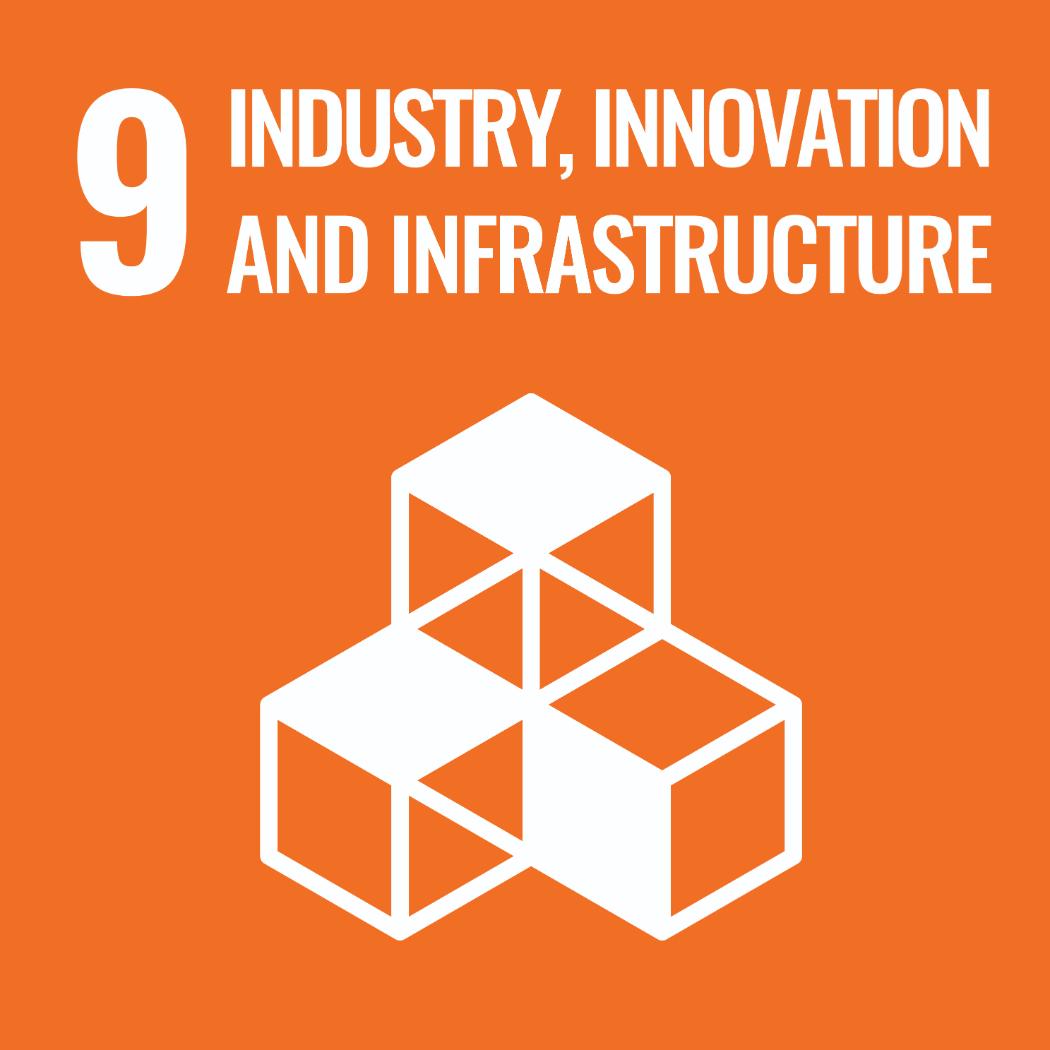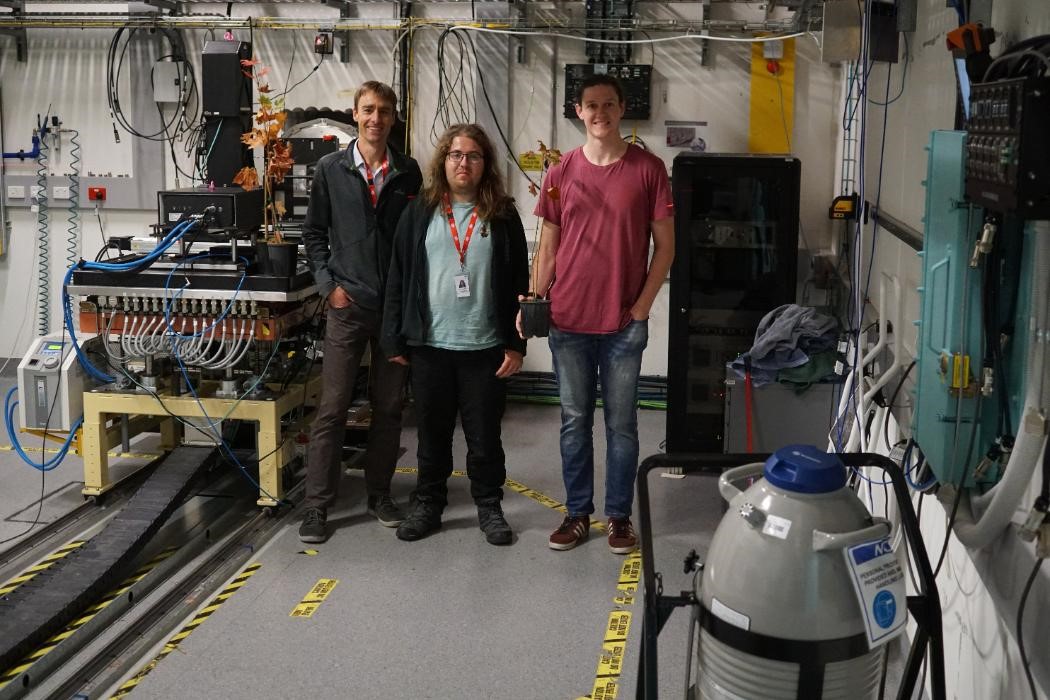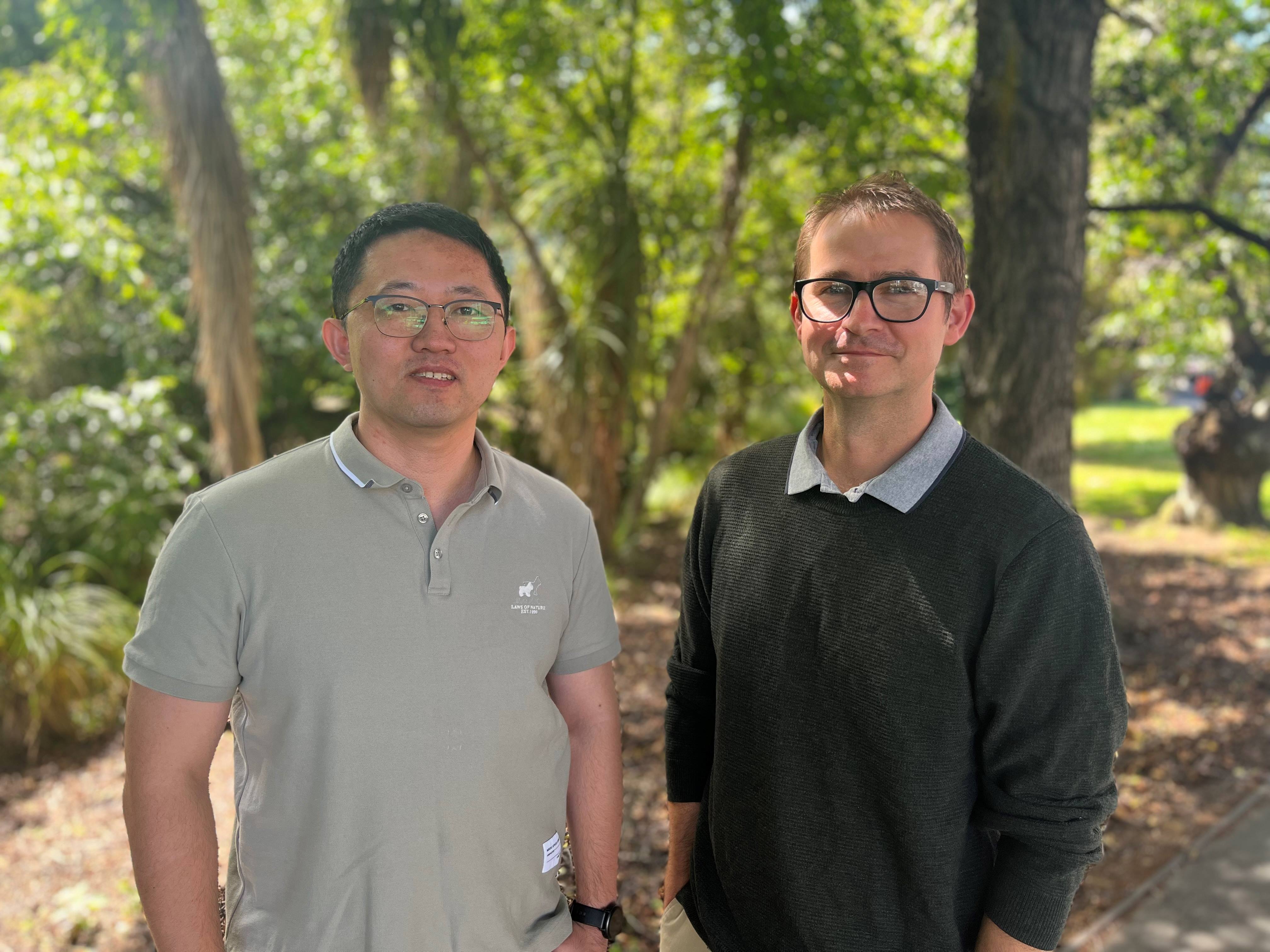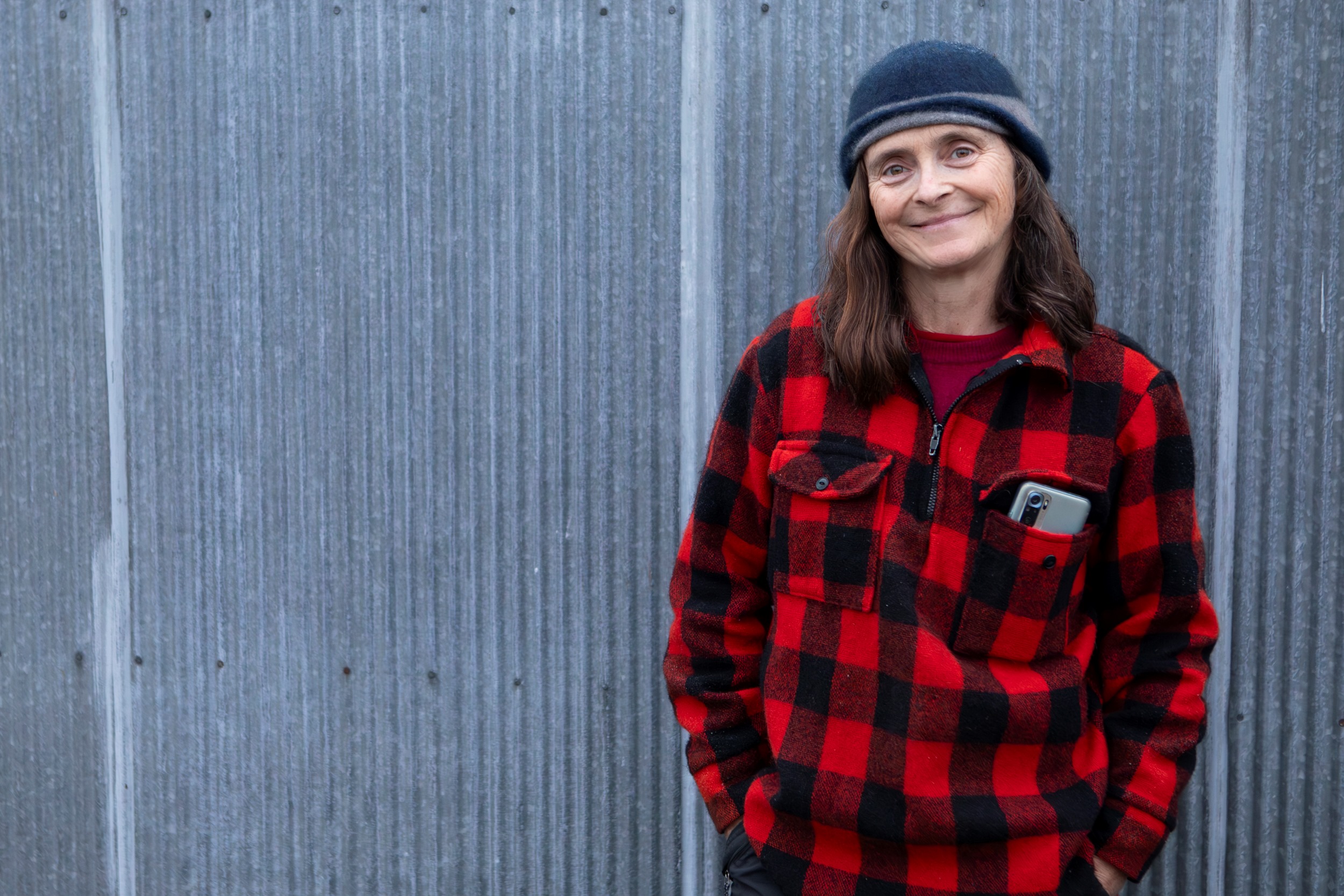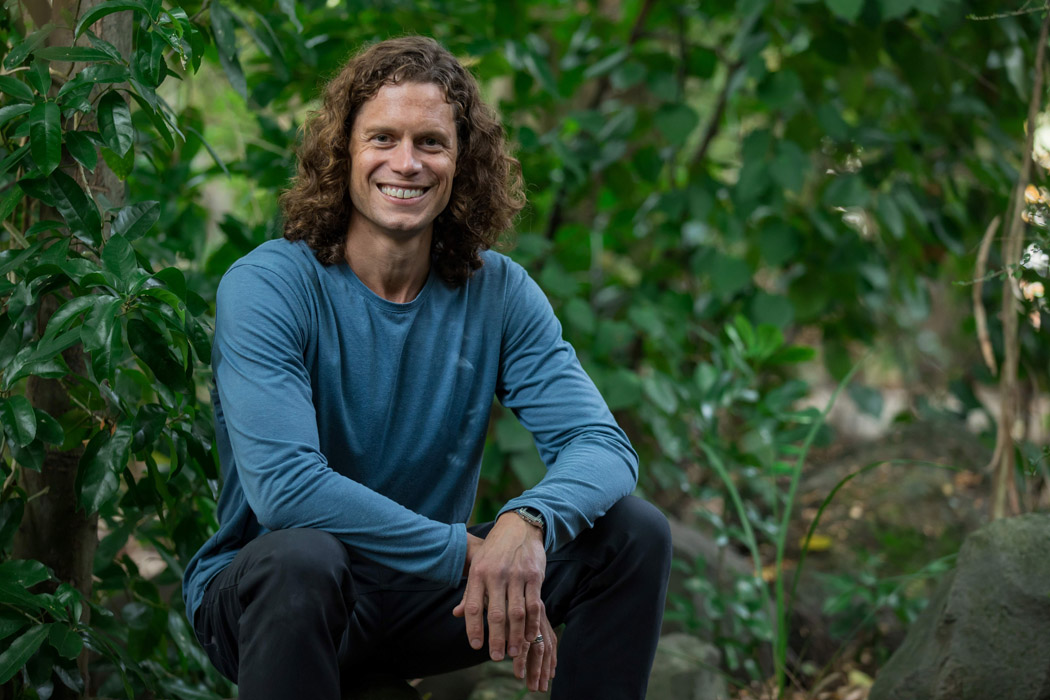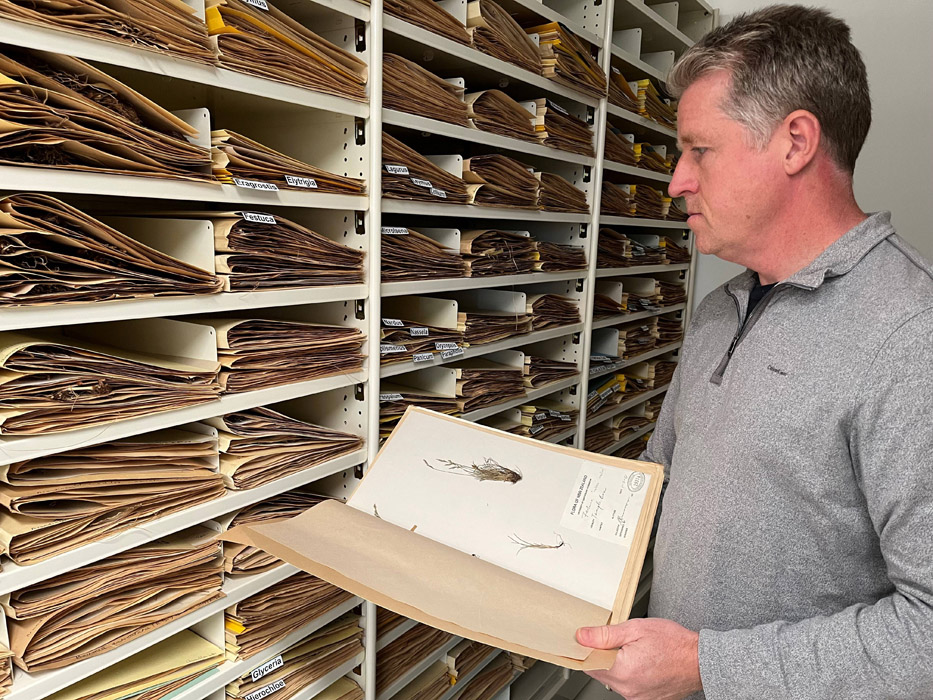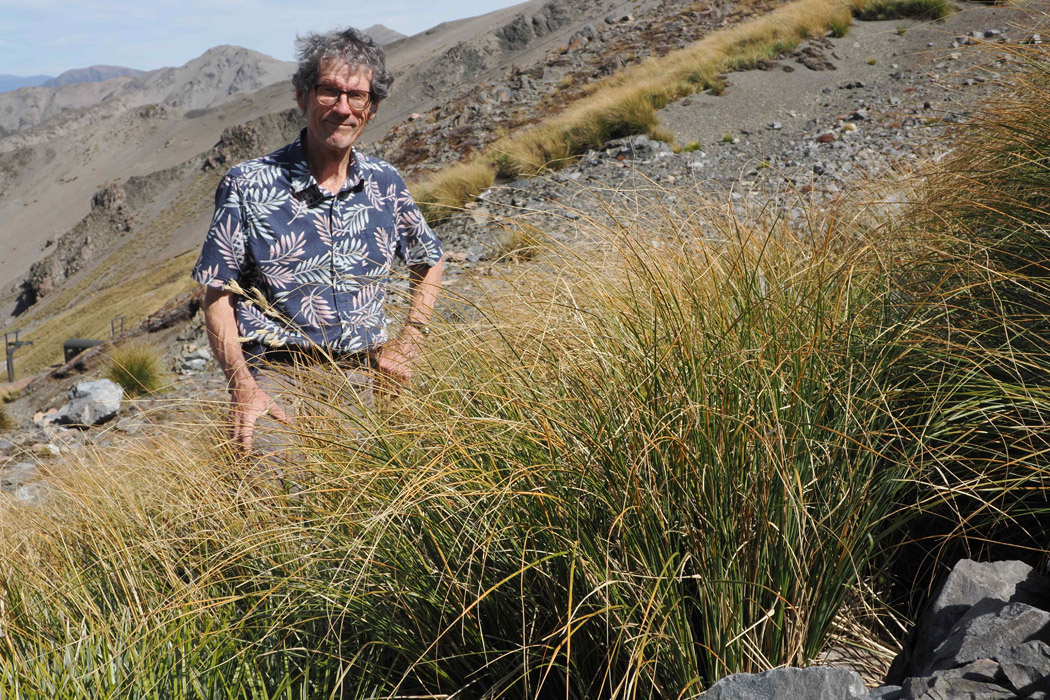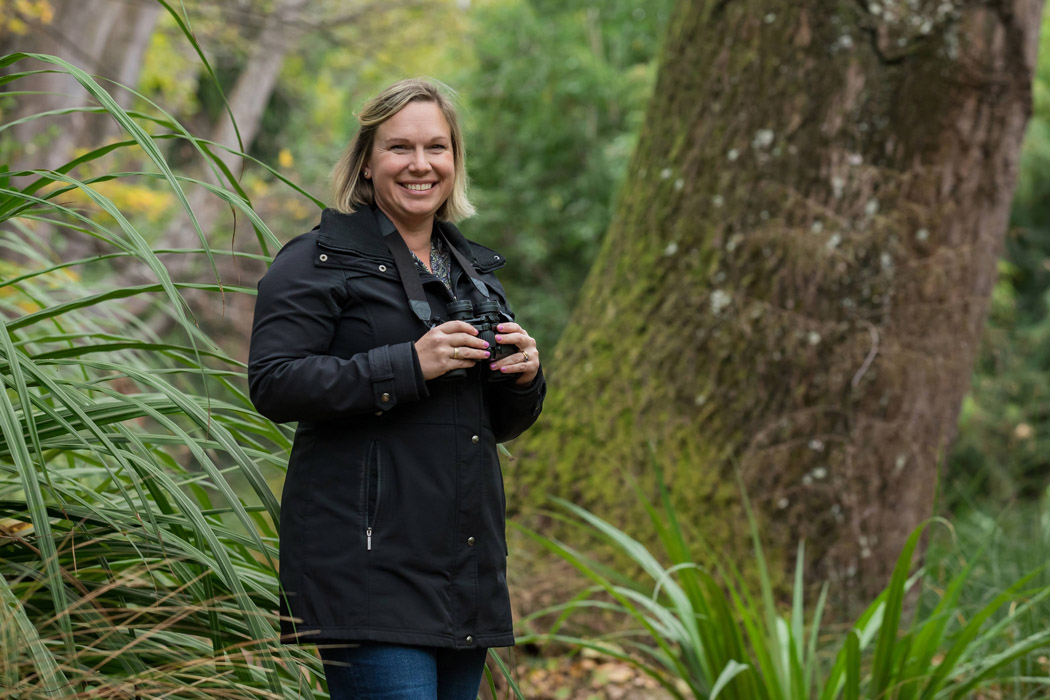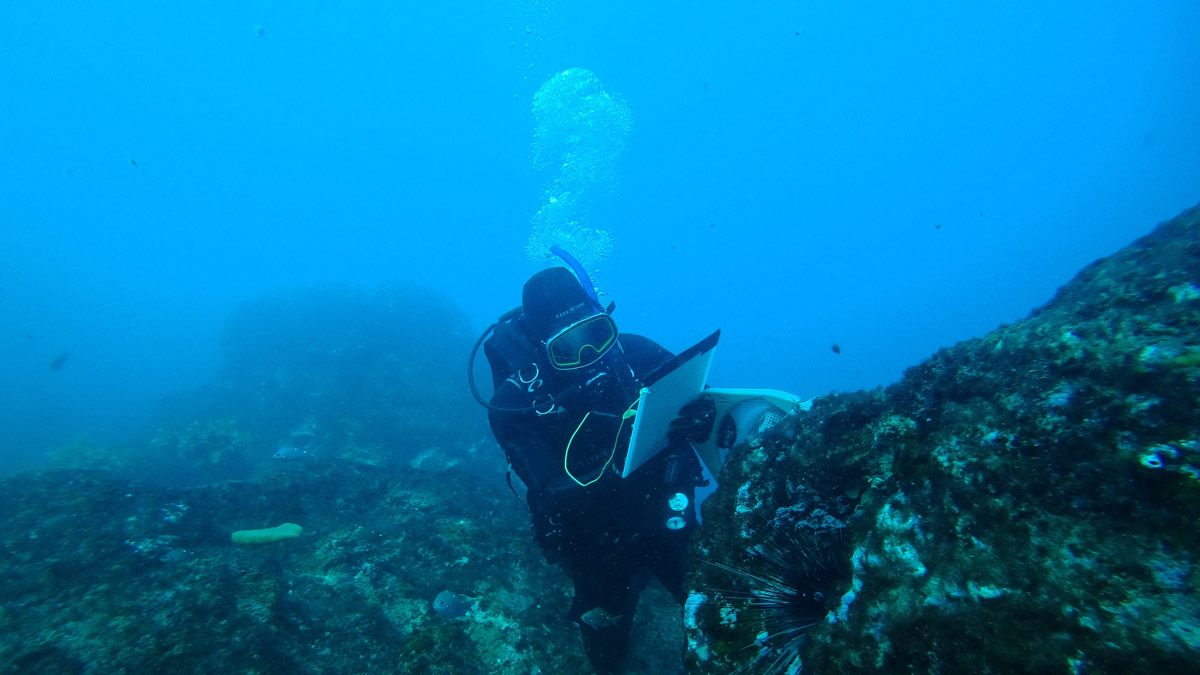Dr Robinson recently returned from his second trip to Melbourne to visit the Australian Synchrotron, a massive research facility with a suite of x-ray machines that can produce high resolution 3D images of the internal features of living maple tree saplings.
“I use different imaging techniques, both invasive and non-invasive, to study the internal features of sugar maple at high resolution,” Dr Robinson says. “The goal of this work is to find out how maple trees produce large amounts of sugar rich sap, which is processed to create maple syrup.
“Our aim is to get a better understanding of how maple sap is generated, and eventually to improve the ability to predict yields. If our research group is successful this will open the opportunity for production of a high value product, maple syrup, in New Zealand, and allow people to buy locally produced syrup.”
Dr Robinson’s findings so far have been published in the journal Micron, and he plans to return to the synchrotron in August and get images of living saplings while they are being slowly frozen and then thawed, to find out how winter temperatures affect pressure inside the stems. The process is non-invasive and doesn’t damage the trees.
Canada’s freezing winters play an important role in maple syrup production by getting sap flowing in large, mature maple trees. Holes are drilled into the trees during winter and natural pressures cause the sap to flow into tubes for collection.
Despite our relatively mild winters, CAPE Professor Matt Watson, who is leading the research project, believes producing maple syrup in New Zealand has commercial potential. His team is exploring whether densely planted trees – about 10,000 per hectare − can produce enough sap in moderately cold temperatures to make large-scale production worthwhile. The research has Ministry of Business, Innovation and Employment Smart Ideas funding until the end of next year.
“We’ve planted our first maple saplings near Hanmer Springs and have coppice pruned some of them to keep them small,” says Professor Watson, who is Director of UC’s Biomolecular Interaction Centre. “We’re planning a third trial plantation site where we can plant red maple and paper birch trees, which also produce sap.”
UC CAPE PhD student Matt Rennie is monitoring sap flow and local weather conditions, and there are plans to extract a small quantity of sap from the Hanmer sugar maple trees either this winter or next.
While commercial production is a long way off, it is projected that 2000 hectares of maple trees could generate $60 million a year in maple syrup revenue. By absorbing carbon dioxide, the trees would also benefit the environment.


